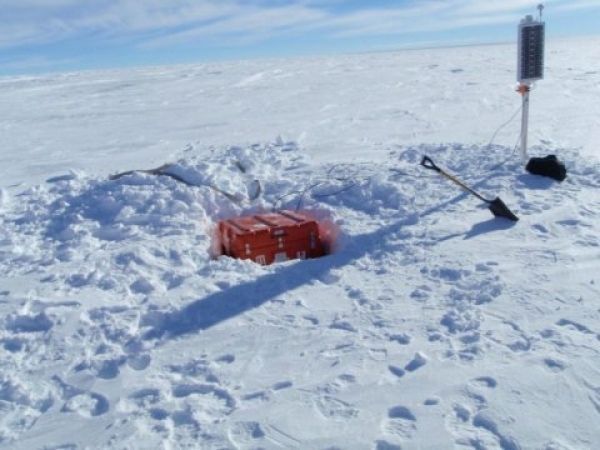Because instruments were finally installed there, scientists can no longer say that East Antarctica is unusually seismically silent.
Since the first earthquake was detected in 1982, there have been just eight more seismic events recorded in East Antarctica. But after a team that included Amanda Lough, PhD— then a student but now an assistant professor in Drexel University’s College of Arts and Sciences — set up the first winter-through-summer seismic array, 27 earthquakes were recorded in 2009 alone, tripling the total number of events recorded on East Antarctica’s section of the Earth’s crust.
So instead of being exceptionally stable, it appears East Antarctica just wasn’t being watched closely enough.
“Ultimately, the lack of recorded seismicity wasn’t due to a lack of events but a lack of instruments close enough to record the events,” explained Lough, who is the lead author on a study discussing the array’s results in Nature Geoscience.
Read more at Drexel University
Image: This is an installation of one of the monitors in the East Antarctica seismic array. (Credit: Amanda Lough)


